2026 Toyota Camry Vs. 2026 Kia K5: 5 Major Differences originally appeared on Autoblog.
Camry’s massive sales advantage doesn’t tell the full story
In the midsize sedan segment, most buyers flock to Toyota’s door to get behind the wheel of a Camry. That hasn’t changed with the recent arrival of the all-new Camry, now a hybrid-only sedan with a fresh look. But as good as the Camry is, it’s by no means the only capable sedan in this segment. The Kia K5—which replaced the Optra—is an aggressively styled rival with a few tricks up its sleeve that even the best-selling Camry can’t match. Here are five key differences between these midsize sedans.
1. Camry Is Newer, But K5 Is Still The Looker Of The Segment
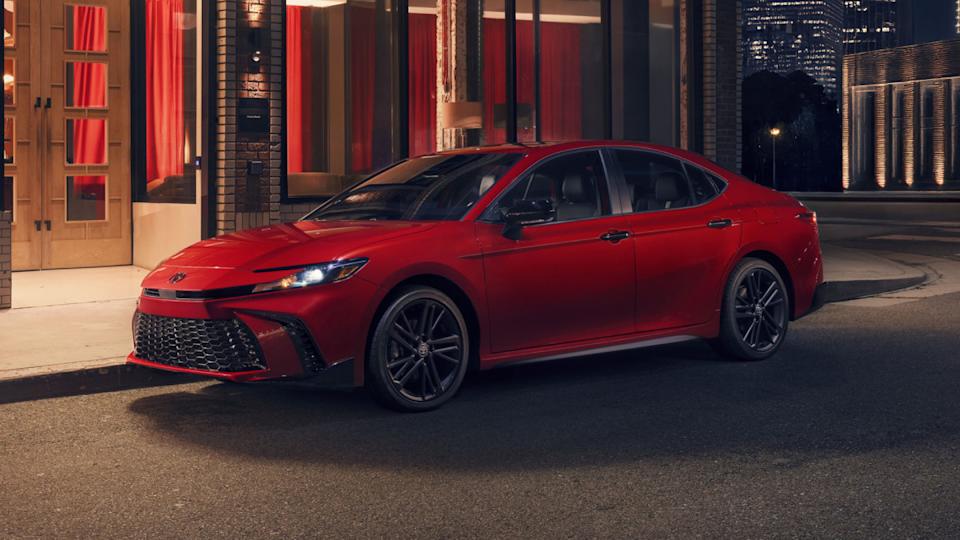
View the 4 images of this gallery on the original article
Yes, design is subjective, but the Kia K5 is one of the most striking midsize sedans on sale right now, alongside its cousin, the Hyundai Sonata. From its aggressive mesh grille to the elaborate LED signature lighting and the coupe-like roofline, it’s a far bolder aesthetic than conservative rivals like the Honda Accord and Subaru Legacy. The GT-Line and GT are especially eye-catching, with details like a more assertive radiator grille and black trim.
To its credit, Toyota has done well to shed the Camry’s conservative image. The new one has angry-looking headlights, a big grille, and a new Nightshade Edition for 2026, which adds dark elements to the exterior. It’s a much more appealingly styled sedan than the Camry used to be, but it’s still not as fetching as the confident K5.
2. Camry Comfortably Outsells The K5
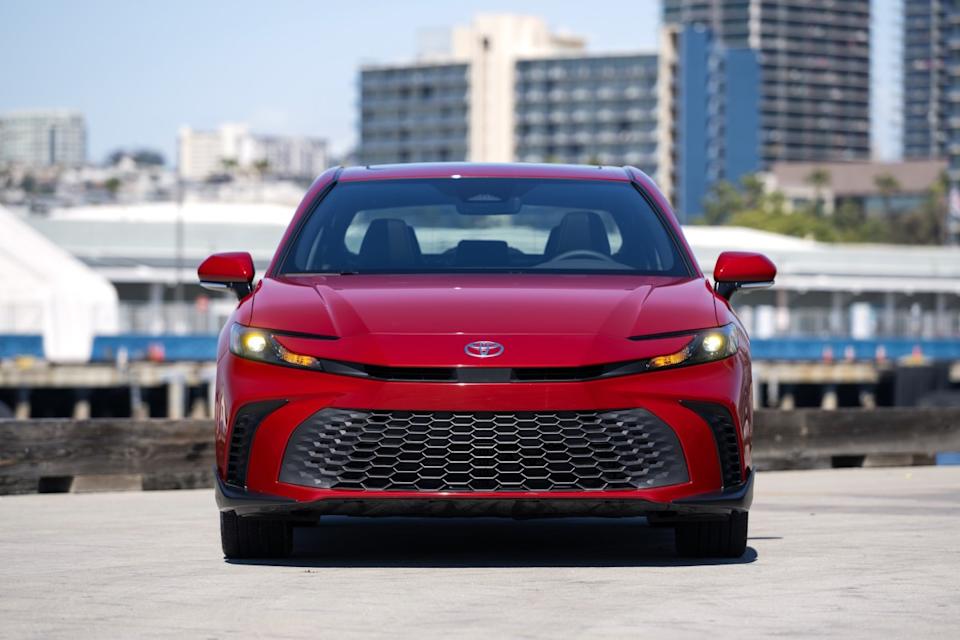
View the 2 images of this gallery on the original article
The Kia K5 is having a great year in the United States, with 34,565 units of the sedan sold in the first half of 2025. That’s a 170% increase over the same period last year, and contributes to Kia achieving its best-ever first-half sales in the country.
But as well as the K5 has been performing, the Camry remains an absolute juggernaut. Toyota has sold 155,330 Camrys in the first half of 2025, almost exactly as many as it managed last year. In June alone, the company moved over 25,000 Camrys, demonstrating just how much the new generation is resonating with buyers.
Kia has made enormous strides in recent years, but Toyota’s reputation will seemingly take many more years to overcome.
Related: Kia Sedans Outpacing SUVs In Sales Growth
3. Toyota’s Standard Hybrid Bests Kia’s Base Four-Cylinder
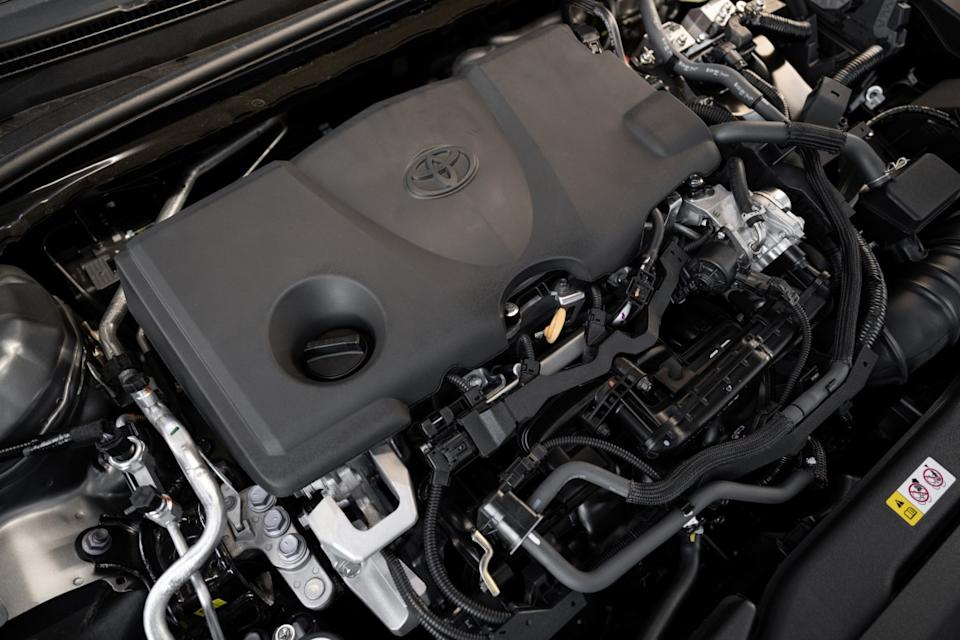
Tariffs are making it harder to find affordable cars, so it’s more important than ever for the Camry and K5 to be competitive in standard form, not only once you’ve worked your way up the trim ladder.
In the areas of performance and efficiency, the base Camry easily trounces the equivalent K5. The Toyota Camry lineup is now hybrid-only, with the main source of power being a 2.5-liter four-cylinder. Together with the electric motors, the front-wheel-drive Camry makes 225 horsepower combined, or 232 hp with optional all-wheel drive. Based on independent testing, an AWD Camry hit 60 mph in 6.8 seconds, yet it achieves remarkable efficiency of 51/49/50 mpg city/highway/combined. The FWD is even more efficient at up to 53/50/51 mpg, giving the Camry a near-unbeatable combination of performance and economy.
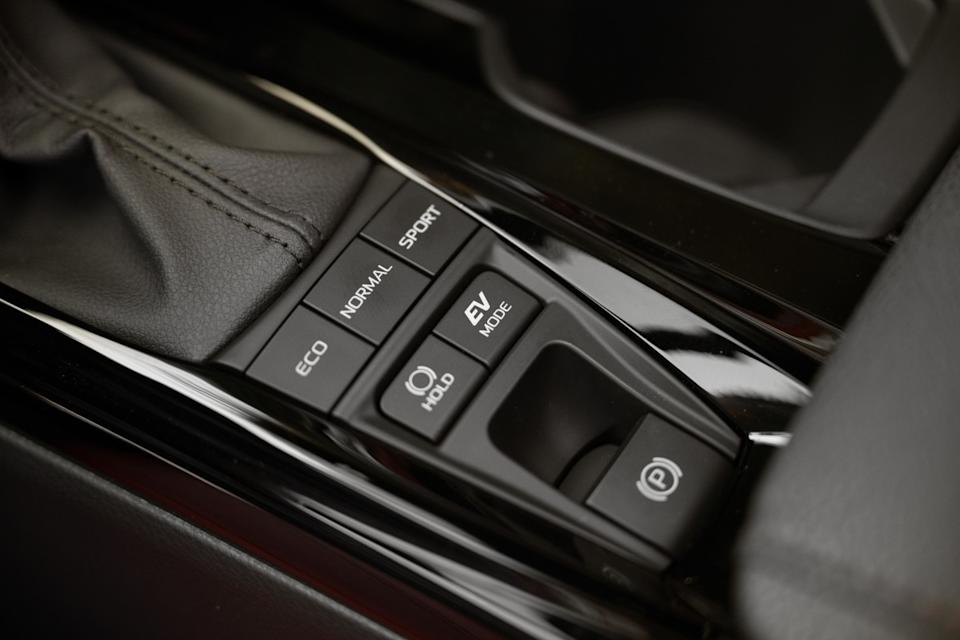
The base Kia K5 is rather pedestrian, by comparison. Its 2.5-liter four-pot makes 191 hp and 181 lb-ft, and independent tests put the 0-60 time at around 8.5 seconds. According to the EPA, the base K5 returns 26/37/30 mpg, which is good but nowhere near as efficient as the Camry. With AWD, expect the Kia to get 24/33/27 mpg.
If you’re considering one of these sedans in base form, the Toyota’s powertrain crushes the Kia’s.
4. Only the K5 Has A Proper Performance Trim
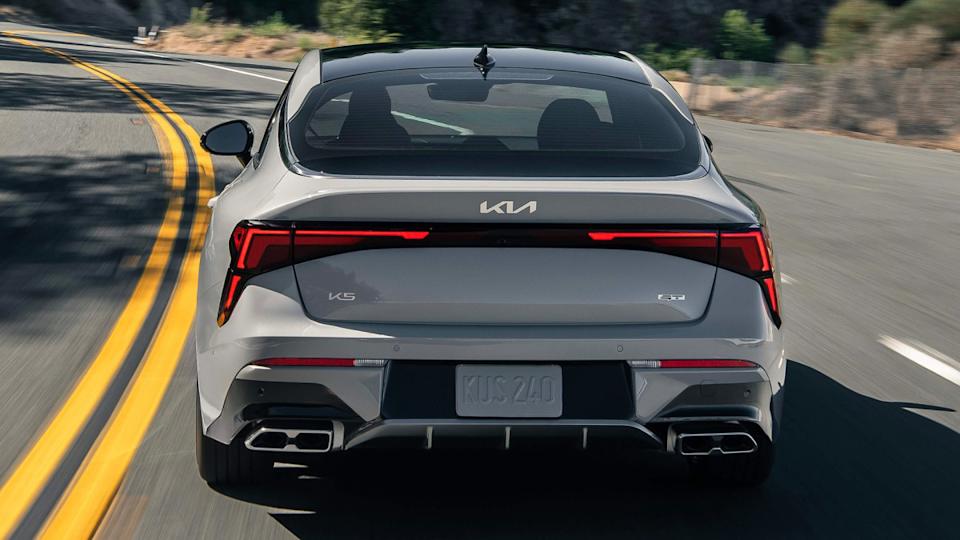
If you have a bigger budget and are after some excitement in your midsize sedan, the picture changes considerably. Toyota no longer sells a V6-powered Camry, nor does it offer a Camry in sporty TRD guise. The AWD model is only 7 hp more powerful than the FWD one, so the impact on performance is negligible.
Kia, however, will sell you the spicy K5 GT for $33,490, only a little more than the Camry SE AWD. The main change here is that Kia has strapped a turbocharger to its 2.5L engine, raising outputs to 290 hp and 311 lb-ft. That makes a world of difference, as the GT can reach 60 in only 5.2 seconds.
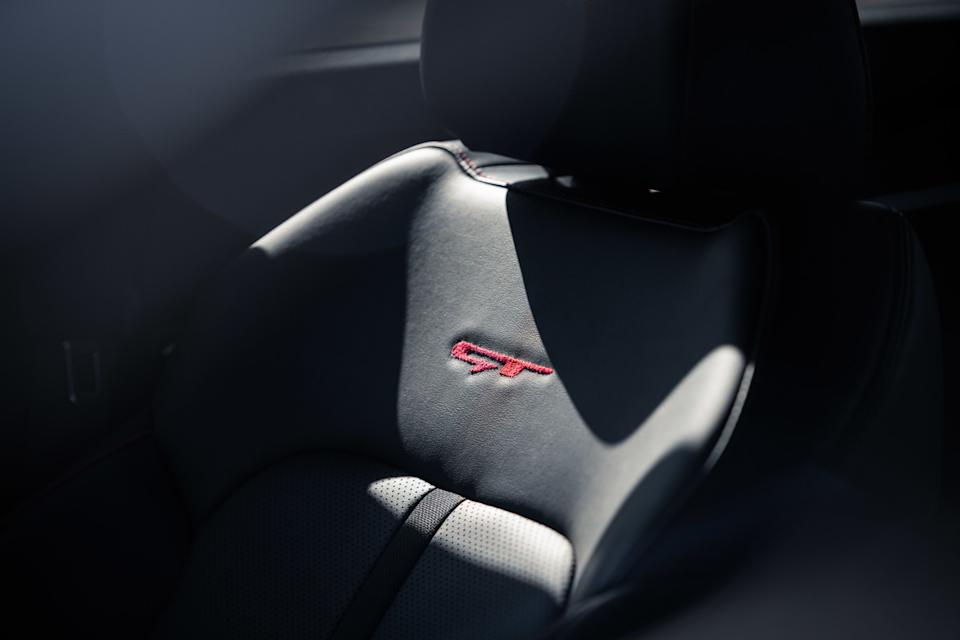
But the K5 GT is not merely a normal K5 with more power. It’s also got a fast eight-speed dual-clutch automatic with paddle shifters that adds to the fun, along with a sport-tuned suspension. Being FWD only, it can struggle for traction if you’re not careful with the throttle, but its naughty nature does make it more exciting to drive.
Sitting on shiny 19-inch wheels and with quad exhaust tips jutting out at the back, the K5 GT will make you smile in a way that no new Camry can.
5. Kia’s K5 Is Cheaper And Has A Better Warranty
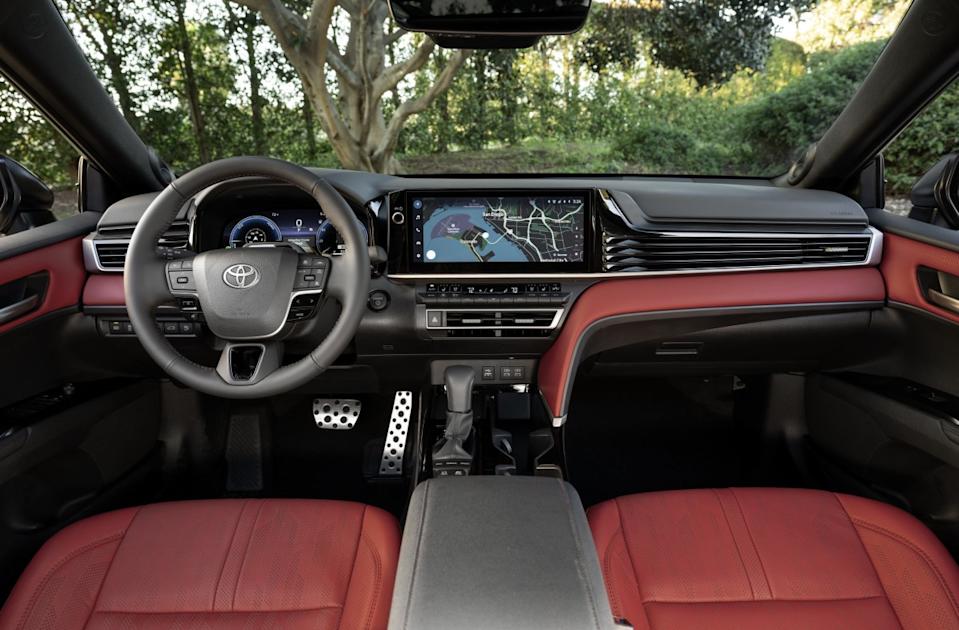
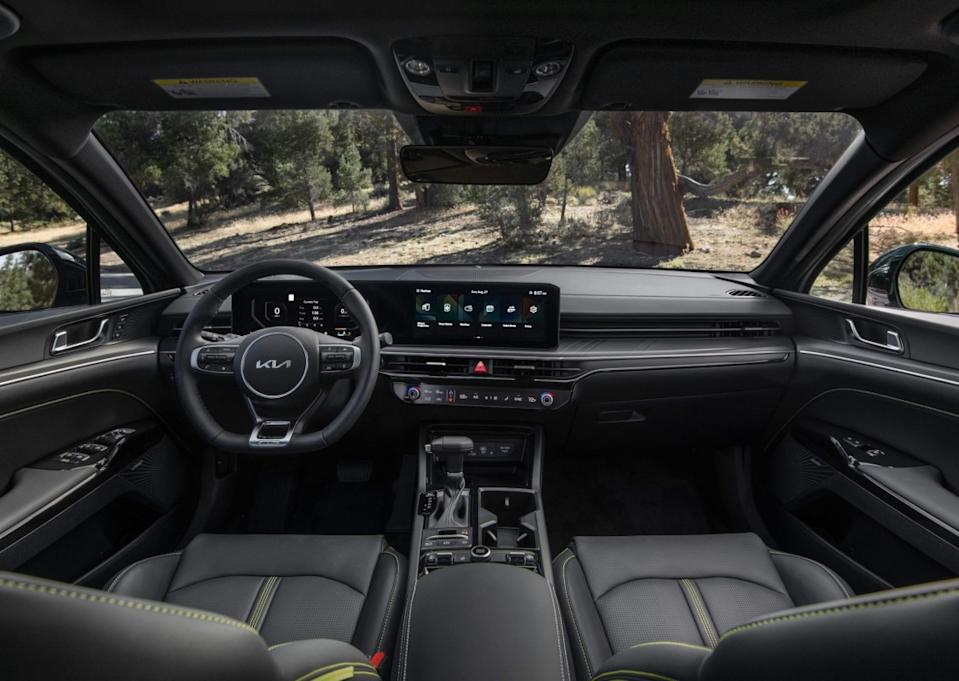
At first glance, the Kia K5 looks like the better deal since the 2026 model starts at $27,390. The 2026 Camry, meanwhile, begins at $29,000. In the base K5, you also get a bigger standard touchscreen than in the Camry, while the better-equipped K5 GT-Line is still cheaper than the base Camry at $28,390. However, we feel that the base Camry’s more powerful and vastly more efficient engine gives it the advantage and makes it well worth the higher price.
The cheapest Kia K5 with AWD costs $29,990, while the most affordable Camry AWD is $30,525. The 2026 Camry range goes all the way up to $36,725 for the XSE AWD variant, while the most expensive K5 is the EX at $34,890.
At $33,490, the Kia K5 GT is our pick as the best-value individual model when assessing both ranges. It’s very quick, packed with features, and looks fantastic. Our main gripe with it is that it doesn’t have AWD.
In terms of warranty coverage, the Kia comes with a 10-year/100,000-mile powertrain warranty, far surpassing the Toyota’s five-year/60,000-mile powertrain warranty. Kias have a solid reliability reputation, too, if not as good as Toyota's.
Related: 2025 Toyota Camry Vs. Honda Accord: 5 Major Differences
Final Thoughts

View the 2 images of this gallery on the original article
In the end, choosing between the Camry and K5 is fairly simple. In our view, the Toyota is a better bet at the lower end of the price range, primarily due to its punchy and thrifty hybrid powertrain. This is the biggest difference between two cars that are otherwise fairly evenly matched. AWD availability could also sway your decision. If this is essential, the Camry’s five AWD trims provide a lot more choice than the K5’s single AWD derivative.
If you have $33k or more to spend—and especially if you’re looking for a more exciting commute—the K5 GT is a no-brainer. It’s far quicker than any version of the Camry, yet it still ticks the essential boxes that matter when buying a family car.
Reasons to get the Camry:
- Better performance under $30k
- Unrivaled efficiency
- Toyota's reliability reputation
Reasons to get the K5:
- More aggressive styling
- Cheaper and with a better warranty
- Dedicated performance model
2026 Toyota Camry Vs. 2026 Kia K5: 5 Major Differences first appeared on Autoblog on Aug 6, 2025
This story was originally reported by Autoblog on Aug 6, 2025, where it first appeared.


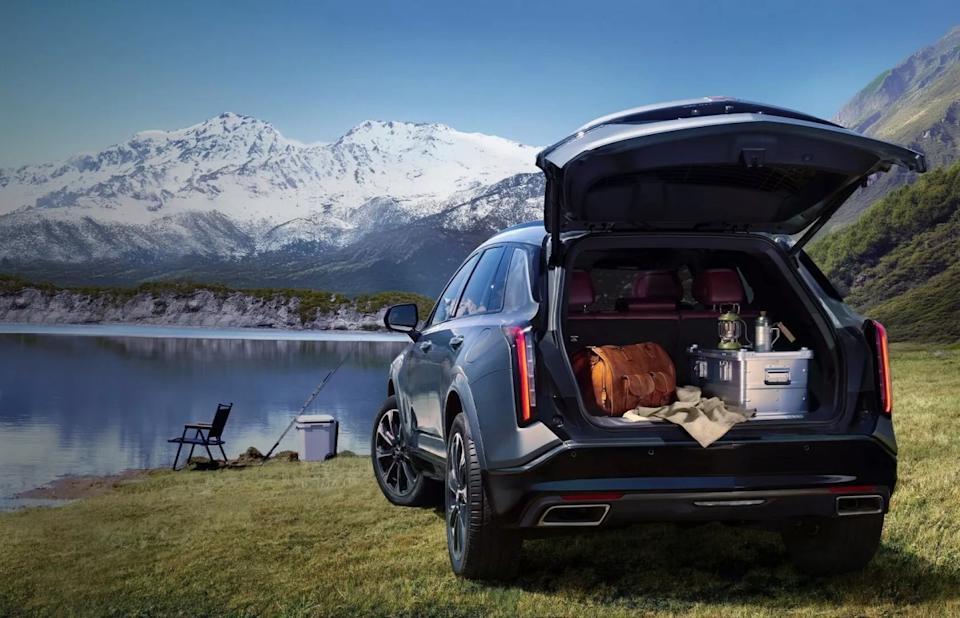
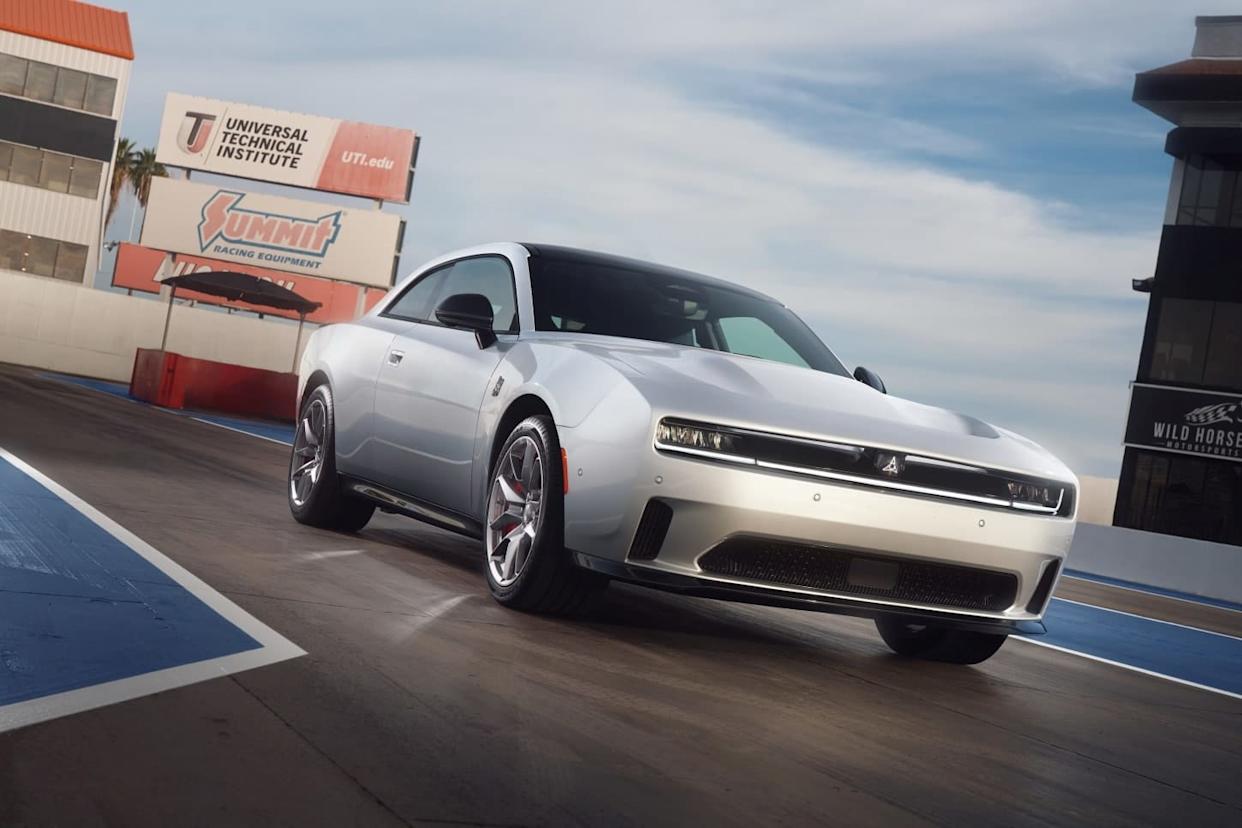


![The 2025 VW Golf GTI's Interior Fixes Our Loudest Complaints [Photos]](https://caiji.70m.top/data/images/a7/394512d4c9fcaee418e90866a99fdb.jpg)
Comments